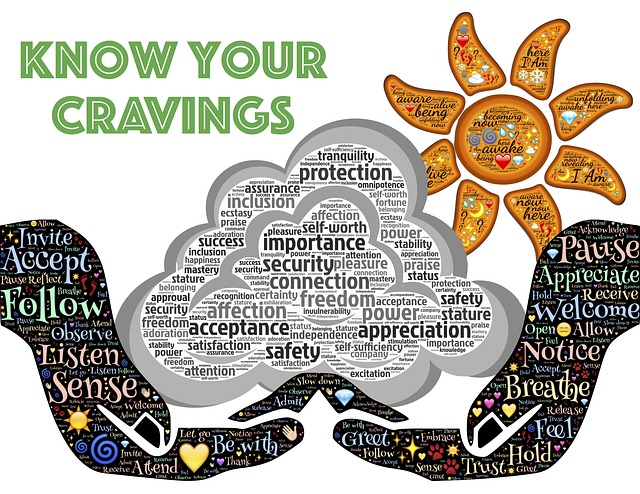In an earlier blog post, I discussed how cravings are formed and how mindfulness breaks the link between addictive behaviour and perceived rewards, drawing on the work of Jud Brewer. author of The Craving Mind. In a subsequent post, I discussed barriers to sustaining mindfulness practice and a four-step mindfulness practice for overcoming cravings and addictions.
In a recent presentation on the Brain Change Summit hosted by Sounds True, Jud elaborated further on how mindfulness breaks the “habit loop” of craving and addiction. He spoke of the “wedge of awareness” that mindfulness drives between a trigger (such as stress or negative emotion) and our habituated reactivity. He explained that mindfulness effectively disrupts the reward-based learning that is embedded in the craving/addiction cycle. In his view, mindfulness progressively establishes three different levels of awareness which he calls the “three gears of awareness”.
The three gears of awareness
Research undertaken by Jud and his colleagues demonstrates that if people are able to sustain meditation practice, they can realise a deepening level of inner awareness that breaks down the trigger-reward cycle involved in craving and addiction. Jud describes this progression in awareness in terms of three gears that release the power and potentiality of a person by enabling them to “move up a gear” – effectively changing the relationship between a trigger and the behavioural response. The three gears of awareness developed through mindfulness can be explained as follows:
- First gear: awareness of a “habit loop” – becoming conscious of the connection between a trigger, a behaviour and a reward that underlies a specific craving or addiction. The first step to breaking a habit is understanding how it is formed.
- Second gear: disillusionment with the reward – becoming aware that the “reward” does not work. For example, being mindful of your bodily sensations (taste, smell, touch) as you have a cigarette can make you realise how “disgusting” the cigarettes are. One respondent in a relevant mindfulness research project said (after paying attention to her bodily sensations when smoking), that her cigarette “smells like stinking cheese and tastes like chemicals”.
- Third gear: breaking free of the “caught up-ness” of the habit loop – works through a process of substitution of a better and higher reward. Through mindfulness you access your natural capacity to be “curious” – to observe and explore your emotions and reactions and name your feelings. Curiosity without habituated reactivity leads to a sense of expansiveness, peace of mind and equanimity – a higher level reward than flight behaviour. Jud suggests that R.A.I.N. meditation, breathing into strong emotions and loving kindness meditation can activate this third gear.
As we grow in mindfulness through meditation we can become aware of the habit loop reinforcing our craving or addiction, re-evaluate the rewards inherent in our habituated responses and begin to experience the freedom and peace which comes from the ability to be curious about our inner world, while being reaction-free.
____________________________________________
Image by Gerd Altmann from Pixabay
By Ron Passfield – Copyright (Creative Commons license, Attribution–Non Commercial–No Derivatives)
Disclosure: If you purchase a product through this site, I may earn a commission which will help to pay for the site, the associated Meetup group and the resources to support the blog.





